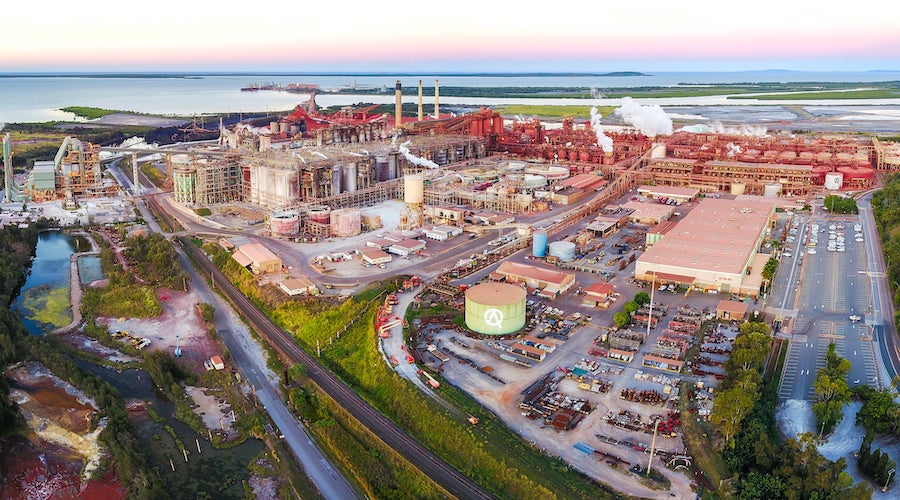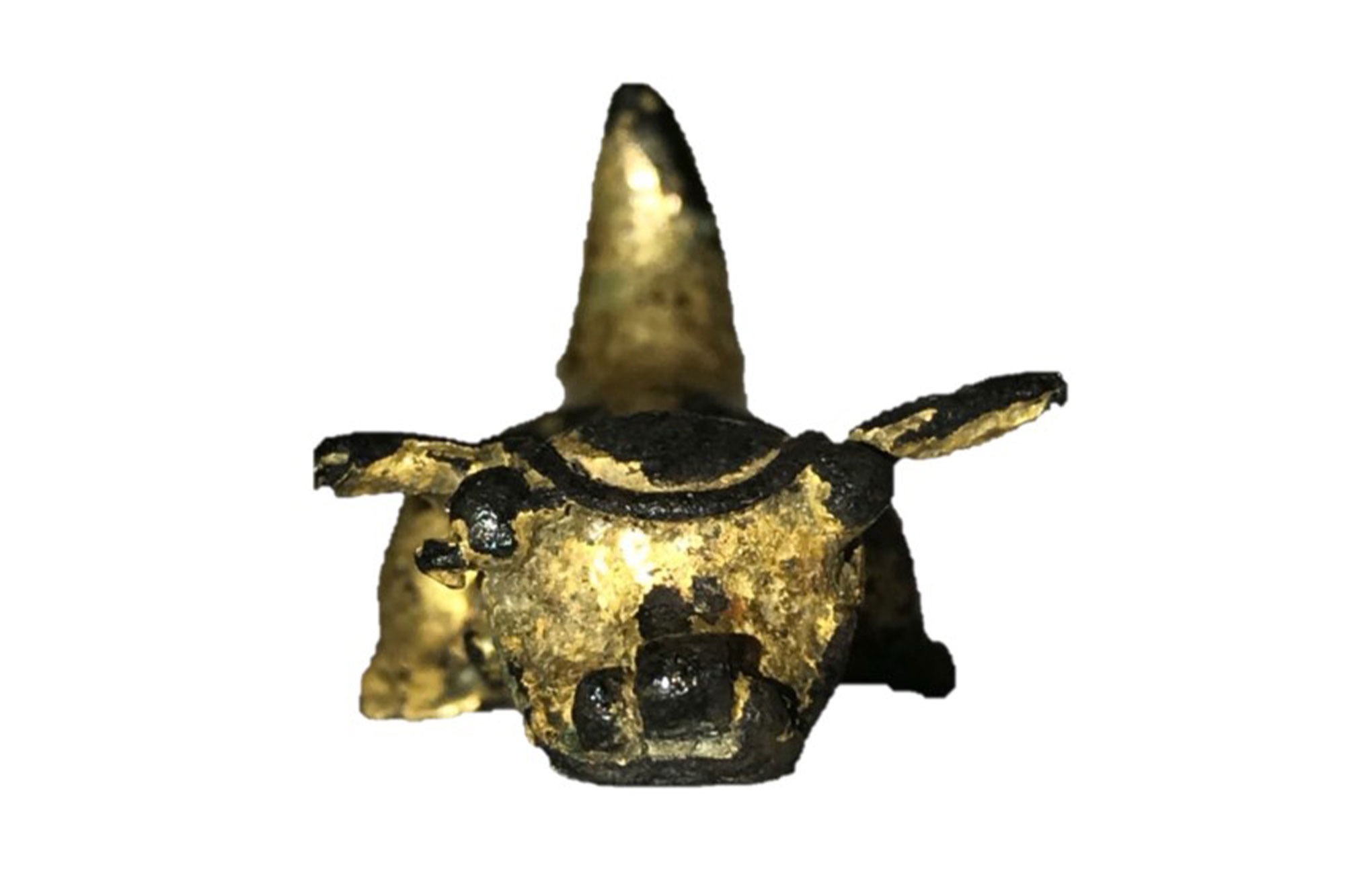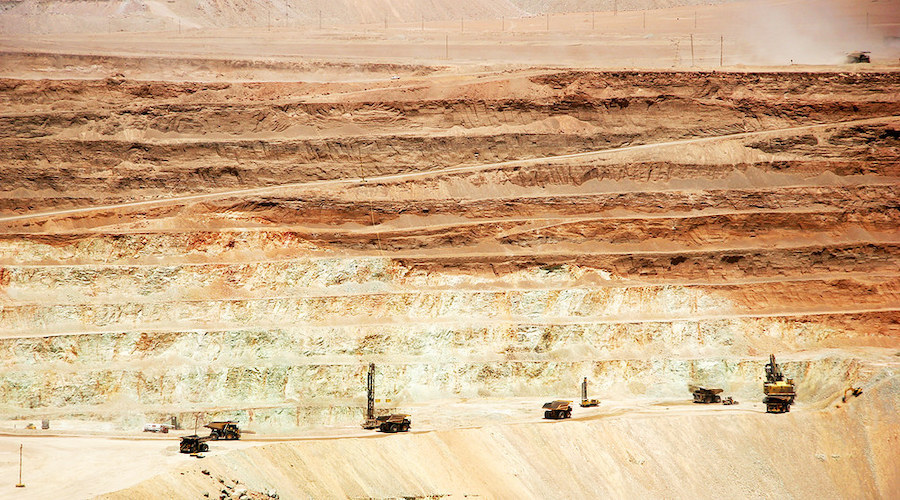Rio Tinto, Sumitomo to make low-carbon alumina at Queensland refinery

Rio Tinto said on Wednesday it would build a hydrogen plant in Gladstone, Queensland along with Japan’s Sumitomo Corporation, as the miner seeks to minimize carbon emissions at its Yarwun alumina refinery.
The trial technology could cut emissions from the sector that accounts for up to 3% of Australia’s total emissions, and also minimize for Rio Tinto one of its most carbon intensive operations.
The Australian Renewable Energy Agency will fund A$32.1 million towards the A$111.1 million ($74.58 million) program to test lower-carbon alumina refining.
The hydrogen plant will cut Yarwun’s carbon dioxide emissions by about 3,000 metric ton per year, and is expected to produce about 6,000 metric ton alumina annually.
The project will include construction of a 2.5-megawatt on-site electrolyser to supply hydrogen to the Yarwun refinery, it said, adding that if successful, the program could pave the way for adoption of the technology globally.
“This pilot plant is an important step in testing whether hydrogen can replace natural gas in Queensland alumina refineries,” Rio Tinto Aluminium Pacific operations managing director Armando Torres said.
Sumitomo will own and operate the electrolyser, and supply hydrogen to Rio. The electrolyser will have annual hydrogen production capacity of over 250 metric tons.
Rio will explore the viability of using hydrogen in calcination, a process which heats up hydrated alumina to extremely high temperatures.
ASX-listed shares of Rio rose 1.3% to A$113.4 as at 0100 GMT.
Hydrogen is an important piece of the puzzle to energy transition globally, “its adoption across Rio’s operations as well as the broader mining industry will play an important role in move to zero-emissions”, said Josh Gilbert, market analyst, eToro AUS Capital.
Rio Tinto, which has tried to sell its aluminum assets earlier, is Australia’s 10th biggest emitter at 7.4 million metric tons of direct and indirect emissions according to data from the Clean Energy Regulator.
($1 = 1.4896 Australian dollars)
(By Rishav Chatterjee and Melanie Burton; Editing by Vinay Dwivedi and Rashmi Aich)
More News
PDAC Video: Critical Metals plans key green energy projects in Europe
April 10, 2025 | 02:55 pm
One of the strangest chapters in copper mining is drawing to a close
April 10, 2025 | 01:40 pm
{{ commodity.name }}
{{ post.title }}
{{ post.date }}




Comments